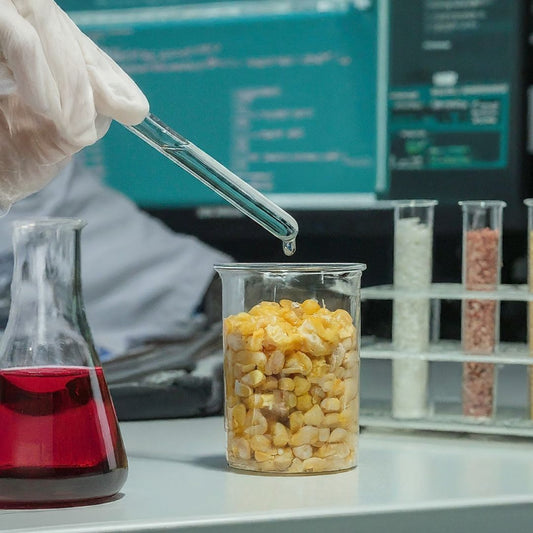Hidden Giant Bridge Between Dwarf Galaxies: Mapping One of the Vastest Gas Structures Yet Observed
Share
Astronomers have uncovered a colossal bridge of neutral hydrogen gas spanning 185,000 light-years between two dwarf galaxies, NGC 4532 and DDO 137, about 53 million light‐years from Earth. Even more astonishingly, this gas bridge is accompanied by a gas tail stretching 1.6 million light-years — the longest tail ever observed in such a system.
What Was Discovered
The bridge itself connects the two dwarf galaxies with hydrogen gas (neutral hydrogen, or H I), clearly visible in radio wavelengths using the ASKAP radio telescope through the WALLABY survey.
Along with the bridge, several “arms” and dense clouds of hydrogen gas extend outward, forming a vast tail of gas nearly 1.6 million light-years long.
This system lies on the outskirts of the Virgo Cluster, a large cluster of galaxies. The proximity to this cluster plays a role in shaping the gas dynamics.
How It Probably Came About
The researchers propose that the structure is the result of interactions between the two dwarf galaxies, influenced by environmental effects associated with the Virgo Cluster. Key processes include:
Tidal Forces: NGC 4532 and DDO 137 exert gravitational pull on each other, stretching and pulling gas out.
Ram Pressure Stripping: As the galaxies move through the hot, dense gas in the Virgo Cluster, that ambient gas applies pressure, stripping away gas from the galaxies. This contributes to the creation of extended tails and bridges of gas.
Over long timescales (hundreds of millions to a billion years), these interactions and environmental pressures sculpt the gas into the structures observed.
Why This Finding Is Significant
1. Understanding Galaxy Interactions
This is one of the clearest and most dramatic examples yet of how dwarf galaxies, often overlooked compared to giants, interact and respond to their environment. The scale of the bridge and tail reveals the magnitude of gas exchange and transformation even among small systems.
2. Clues to Star Formation
Neutral hydrogen is the raw material for new stars. Bridges like this may provide gas reservoirs for future star formation, perhaps in both galaxies, or even in the intergalactic medium between them if the densities are right.
3. Environmental Impact
It shows that galaxy clusters don’t just passively host galaxies—they shape them. Gas stripping, heating, and redistribution are key elements in how galaxies evolve, especially dwarf galaxies which are more vulnerable.
4. Analogues for the Milky Way–Magellanic System
The bridge/tail system between NGC 4532 and DDO 137 has similarities with what we see between the Milky Way and its dwarf companions such as the Large and Small Magellanic Clouds. Studying this new system gives us insight into those more familiar local interactions.
What’s Next: Questions & Future Work
Density & Star Formation: Will parts of the gas in the bridge reach densities high enough to form stars? Observations to detect young stars or other signs of star birth will help.
Gas Composition & Kinematics: Detailed mapping of how fast the gas is moving, how it's heated/cooled, its metallicity (how much “heavy” elements it has) will refine models of gas stripping and evolution.
Long-Term Fate: Will the bridge persist? Will the gas eventually fall back into the galaxies, be lost, or contribute to the intra-cluster medium?
Better Spatial Resolution: Higher resolution radio and possibly optical/infrared follow-ups may reveal substructures—e.g. clumps, denser knots, or even nascent stellar regions.
Conclusion
The discovery of the vast hydrogen bridge and tail between NGC 4532 and DDO 137 is a reminder of how dynamic and interconnected the cosmos is—even among relatively small galaxies. It sheds light on the processes that drive galaxy evolution, especially in cluster environments, and opens up new questions about how dwarf galaxies grow, lose material, and interact with their surroundings.
This hidden bridge doesn’t just connect two galaxies—it connects ideas, history, and the future of how we understand galaxy evolution in the universe.





